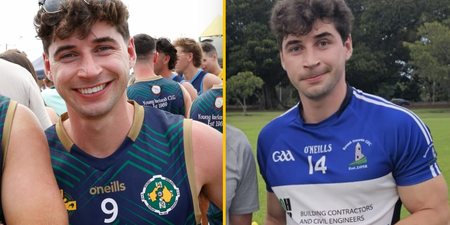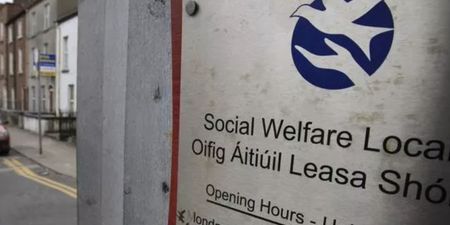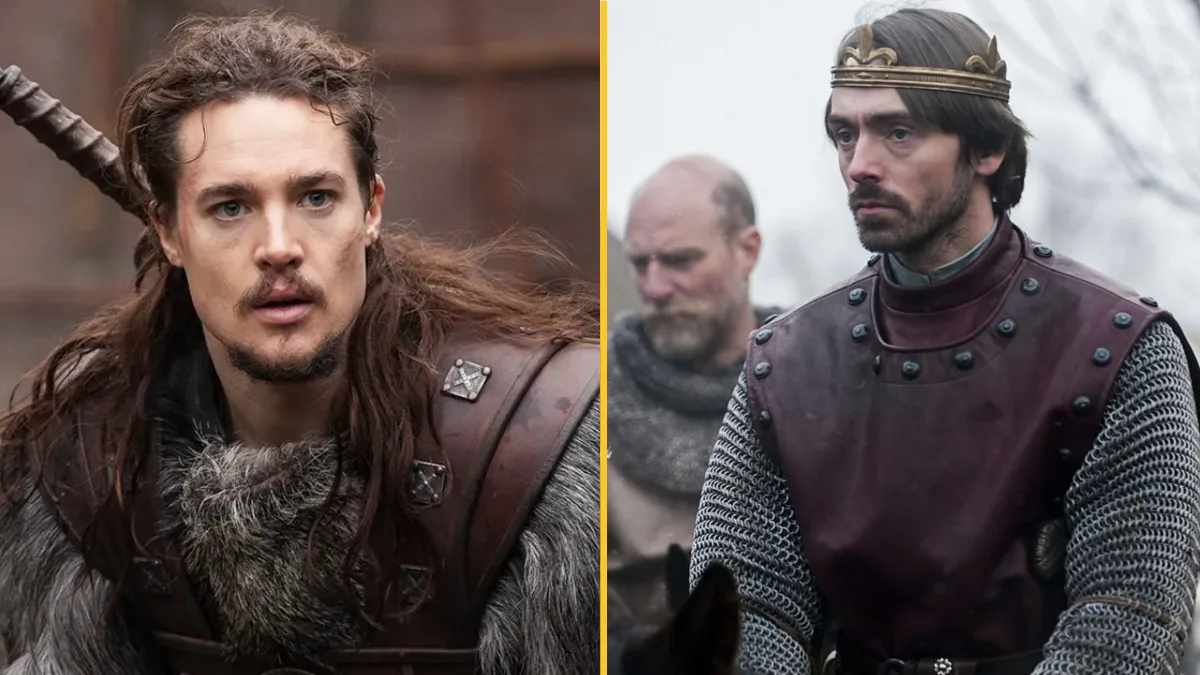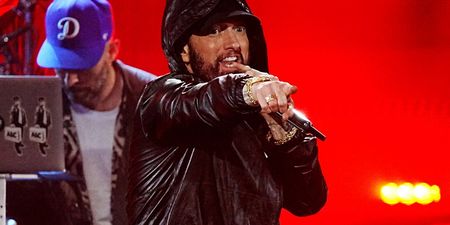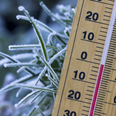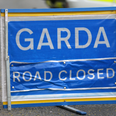As reports emerge that there have been more deaths in violent clashes in Kiev, here’s what you need to know about what exactly is going on in Ukraine and why it’s important
The escalating violence in Ukraine over the past few weeks has become a matter of international attention, as the world’s media turns its focus to the demonstrations and protests on the streets of Kiev. The level of violence of these protests has also escalated rapidly in recent days, and sources such as Vice and the Kyiv Post are reporting that as many as 37 protesters have been killed. So in case you’re not familiar with what’s going on and why it’s happening, we’ve got a quick rundown of the situation.
The protests began in November when President Viktor Yanukovich announced that the government in Ukraine had decided to abandon an agreement that would build close ties Europe and were moving instead towards cooperation with Russia. A group of supporters took to the streets to voice their concerns and show that they didn’t agree with the government’s actions in this regard.
From that point, clashes began to erupt between police and protesters, with arrests being made. This did little to quell the demonstrations however, and in early December over 300,000 turned out in Independence Square, and seized the City Hall buildings. Despite this, ties strengthened with Russia just before Christmas when they announced that Russia had bailed out Ukraine to the tune of about €14 billion.
In January, the protests took an even more sinister turn as at four people were killed in clashes and activist Dmytro Bulatov went missing, only to turn about over a week later badly injured and with part of his ear missing from having been abused by his captors.
Talks had begun between the opposition and government to try and restore order, and the protests seemed to be cooling off with the ending of the occupation of City Hall as well as the release of several hundred opposition protesters. This culminated in a ceasefire between the opposition and the government with the threat of sanctions from Europe and the US hanging over Yanukovich’s head, but over the past few days they have sparked back into life, bringing with them an unprecedented level of violence.
Many famous figures in Ukraine have gotten involved, including presidential candidate Vitali Klitschko, as well as Andriy Shevchenko. Klitschko has been involved with talks of foreign ministers and representatives, and has stated to NBC News that he sees only one way for the protests to end: with a presidential election.
Vitali Klitschko and opposition currently meeting German and French Foreign Ministers in Kiev. pic.twitter.com/wT9g7qAAbi
— Richard Chambers (@newschambers) 20 fevereiro 2014
It would be simplistic to say that these protests and political crisis are focused solely on President Viktor Yanukovych and the agreement moving them closer to Russia, but that is certainly the spark that lit the flame. The imprisonment of Yulia Tymoshenko is also a concern, and Yanukovych was unwilling to meet the EU’s demands that she be released and allowed to travel for medical attention. The introduction of an anti-protest law by Yanukovych also did little to lessen the protests and increased the violence as both sides dug in.
The most striking thing has been the level of that violence and the scale of the protests, as many of the images seem surreal, with it being difficult to believe that something like this could be happening within Europe.
Minister for Foreign Affairs Eamon Gilmore has reiterated that the possibility of imposing sanctions on Ukraine and President Yanukovych, adding that the path to peace is through taking steps towards a dialogue with the opposition, telling RTE News “I would strongly encourage him to take those steps now.”
All pics via Getty Images
LISTEN: You Must Be Jokin’ with Aideen McQueen – Faith healers, Coolock craic and Gigging as Gaeilge






